Porcelain culture is the quintessence of China, and blue and white art is the pride of porcelain culture.
For more than a thousand years, blue and white art has used its unique artistic language—the monochrome system and linear composition system—to express ideas with a freehand approach, emphasizing simplicity and exaggeration. Through the interpretation of “likeness and unlikeness,” it conveys the unique aesthetic sentiment of the Chinese nation.
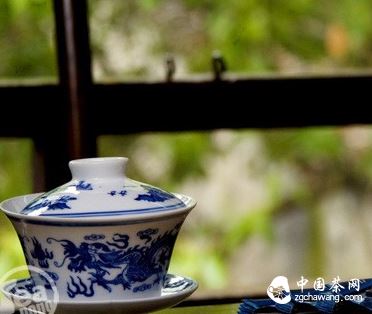
“Blue and white” is a unique decorative form in Ceramic decorative art, belonging to the category of underglaze painting. It uses cobalt-rich zhuming material as a coloring agent, which is applied to the body before glazing with ash glaze (also known as blue glaze), then fired at high temperatures once. From early unearthed artifacts, those decorated with patterns are common.
Whether in pattern or painting form, the expression of blue and white art has its unique language. It is precisely because of this unique language that it has been able to stand out among various ceramic decorative arts for thousands of years, shining brilliantly.
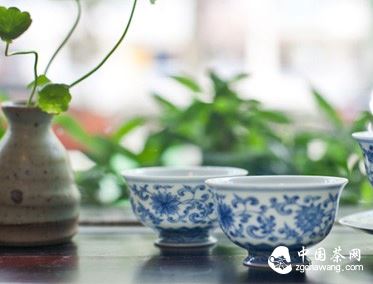
Firstly, one of the most basic characteristics of blue and white art is the use of monochrome for depiction and expression (underglaze red being an exception). Although seemingly simple, its expressiveness is incredibly rich, representing a typical monochrome system akin to Chinese ink painting. The monochrome system is a significant contribution made by the Chinese nation to the world's art treasure, embodying the unique aesthetic sentiment of the Chinese people. The monochrome system has extraordinary expressive power for the colorful world.
The use of a single color does not mean just a single shade; there is a saying in ink painting that ink can be divided into five colors: dry, wet, concentrated, light, and scorched. Due to changes in the ink's color, a single color effortlessly replaces the myriad colors and variations in hue and light.
Chinese blue and white also has the saying “five shades of the material”: head strong, true strong, second strong, true light, shadow light. Chinese blue and white art presents the art of the monochrome system.
Despite the blue color of blue and white, there is no sense of monotony in the portrayal of water, figures, flowers, and birds. No one has ever been surprised or questioned due to the significant difference between the blue color and the natural colors of objects. For the Chinese, who are accustomed to the artistic effect of the monochrome system, a single color brings a visual experience with infinite connotations, truly achieving the effect where “no color” surpasses “color.”
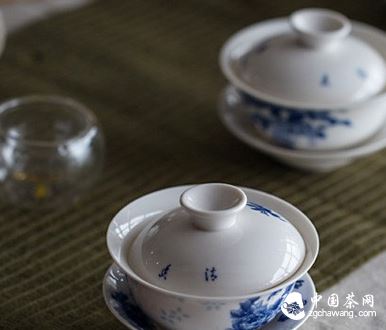
Secondly, the expressiveness of lines is another prominent linguistic feature of blue and white art.
Lines are the backbone of Chinese painting art, from the silk paintings of the Chu and Han dynasties to the current eighteen styles of brushwork. Throughout thousands of years, Chinese painting has never abandoned the use of lines for shaping and expressing. Blue and white art, inheriting the pulse of Chinese culture, naturally did not abandon the use of lines to construct its unique world.
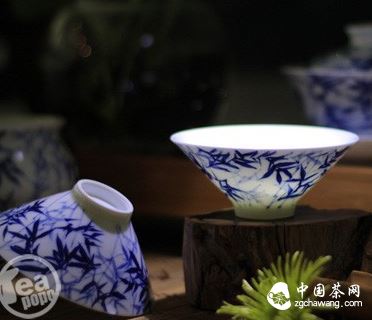
In blue and white art, lines are the most basic framework for the construction of shapes. Without the support of line composition, blue and white art would cease to exist.
In blue and white art, the concept and content encompassed by lines are no longer merely a few lines on the surface. In blue and white art, lines represent space, quality, thought, character, fashion, and more. In fact, few countries or nations in the world have reached such a level of mastery and insight into lines.
In Chinese art, what is pursued is the essence that directly reflects a person's individuality—its soul—and reflects a person's life experiences and scholarly cultivation. All conventional methods that may constrain the expression of ideas are reduced to the essentials, pointing to the core and pursuing the innermost spirit (for those who have entered the realm of Dao, technique becomes secondary, and what is felt in the heart makes the object subtle).
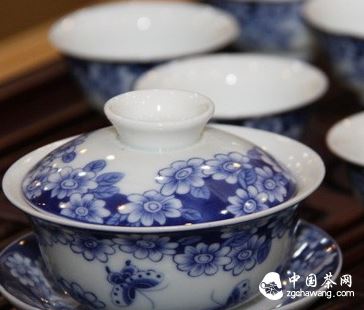
In blue and white art, emphasis is placed on simplicity and exaggeration, all of which revolve around the interpretation of the word “likeness”: likeness in form, likeness in spirit, resemblance, appearance, etc. This “likeness” transmits a certain spirit and culture. “Between likeness and unlikeness” is the highest realm of blue and white art. Beyond the sensory pleasure stimulated by form, the philosophical implications and interest contained within its content are profound.
For example, peonies represent wealth, plum blossoms symbolize resilience, chrysanthemums represent defiance of frost and snow, lotus flowers represent purity, and orchids represent elegance, among countless others. For instance, bamboo: people can feel the rustling wind from the wind-swept bamboo, hear the pitter-patter of rain from the rain-soaked bamboo, and see the snowy landscape from the snow-covered bamboo. Bamboo is said to have roots and nodes, to be humble, embodying the demeanor of a gentleman and the bearing of a great man. This is the unique aesthetic sentiment of the Chinese people.
“The more something embodies national characteristics, the more it has universal appeal.” Chinese blue and white art interprets the unique understanding and pursuit of aesthetic culture of the Chinese nation through its unique artistic language.
Editor: Tea Bubble Network